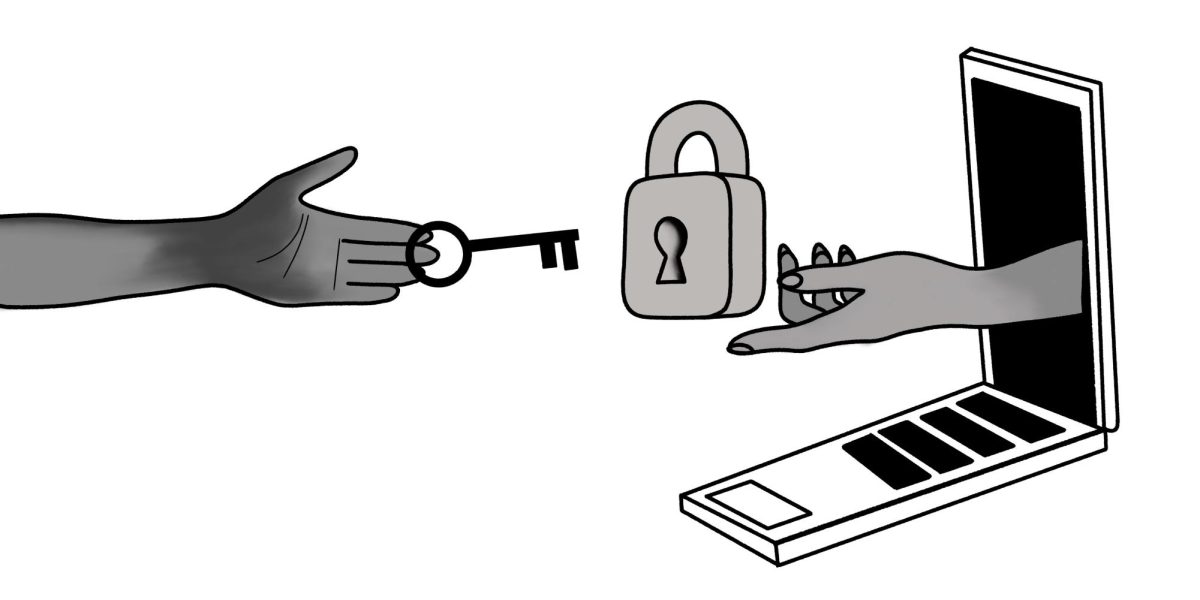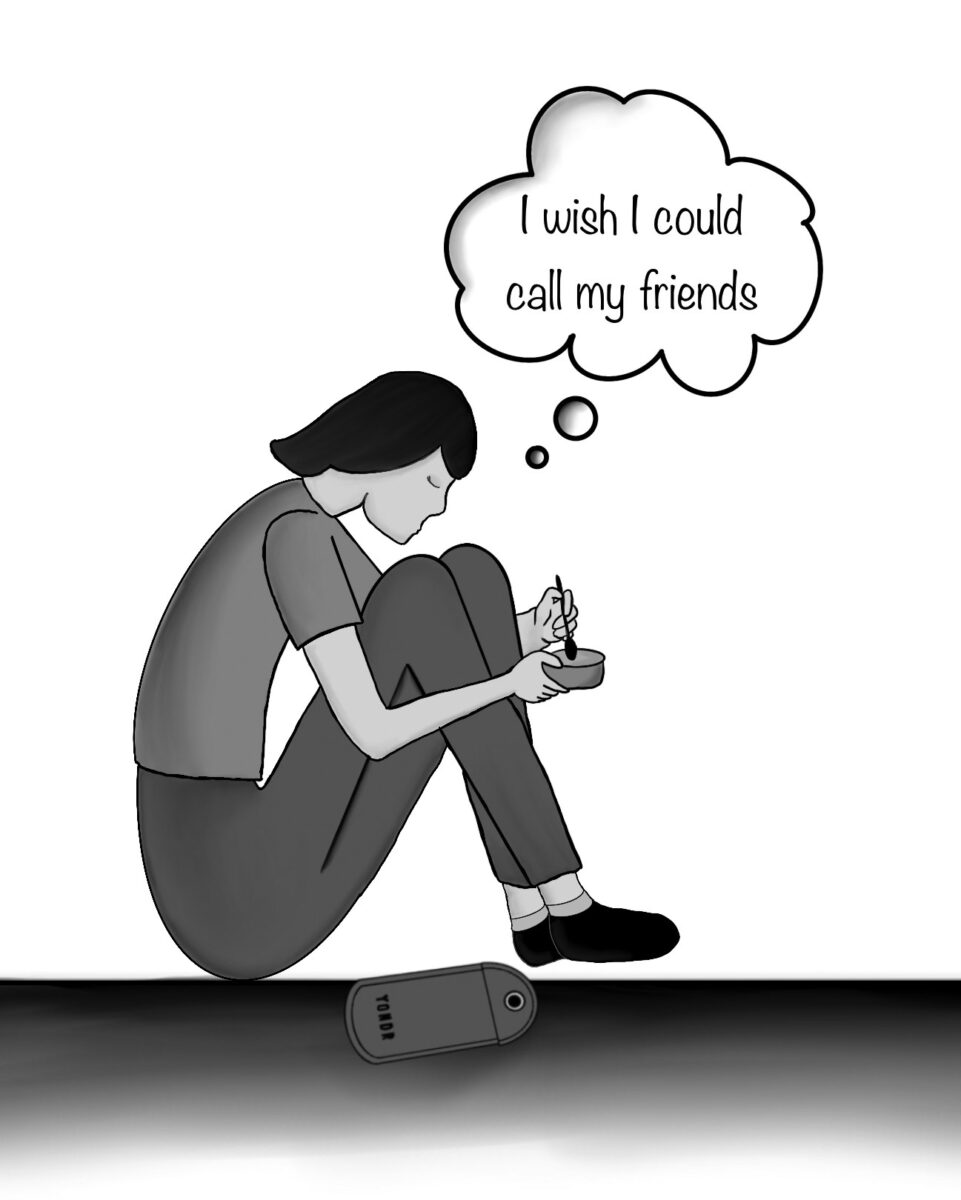Imagine walking into the school cafeteria, eager for your lunch, only to learn that the funding has been cut and lunch is off the table. Imagine that something essential to your day and well-being has become an afterthought, believed to be “nonessential.” For many children in low-income households across the United States, a lack of funding for school lunches could soon become a reality. In March 2025, the United States Department of Agriculture (USDA) cut around $1 billion from the Local Food Purchase Assistance Cooperative Agreement (LFPA) and the Local Food for Schools program (LFS), which provide funding for free school lunches.
According to the USDA, 41 states, including California, have opted into the LFPA program. LFPA awards funding to states to provide food-purchasing assistance explicitly targeted at schools and childcare institutions. According to the USDA, the LFS program was designed to “strengthen the food system for schools and childcare institutions by helping to build a fair, competitive and resilient local food chain and expand local and regional markets with an emphasis on purchasing from historically underserved producers and processors.”
Similarly, the LFPA supplies funds for individual state, territorial and tribal governments to purchase local foods to help support small-scale or marginalized producers. This program enables states, tribes and territories to cater directly to the essential needs of their population. Both programs help support and uplift local communities and provide critical food to schools nationwide.

The lack of funding could have a devastating impact. Both LFPA and LFS focus on sourcing local food for lunch and cutting these resources could decrease the availability of free and reduced school meals. According to a statement by the School Nutrition Association president Shannon Gleave, the cuts to LFPA and LFS would “cause millions of children to lose access to free school meals at a time when working families are struggling with rising food costs.”
According to a March Bark survey, 44 percent of students reported they eat the school’s free lunch or breakfast. Of that 44 percent, 19 percent of students rely on that free lunch for financial reasons. On a national level, the data is even more concerning. Research from the Education Data Initiative showed that across the country, 20.1 million students receive either a free or reduced lunch. Additionally, data showed that across all surveyed school districts, 87 percent saw an annual increase in the number of students unable to afford school meals. California operates under the California Universal Meals Program (UMP), which supplements federal funding from the USDA. With the $1 billion cut, California would have to use more state funding to continue providing free school lunches.
Losing funding for school lunches causes a ripple effect that impacts more than just physical health and stability. A pre-COVID-19 survey conducted by No Kid Hungry showed that 80 percent of teachers saw a decrease in concentration due to hunger. When students have to deal with overwhelming hunger or worry about food insecurity, it harms their performance at school. It can negatively impact their education, even leading to grade repetition. Skipping lunch is much more than just an empty stomach during class. It can have long-term impacts, causing students to underperform and struggle to reach their full potential. This only widens the gap between those who can afford to provide food and those who cannot.
Although some may argue that it is not a school’s responsibility to provide food, this oversimplifies an incredibly complex situation. Education is more than teaching; it is about ensuring students can learn. Cutting budgets that provide ways to even the playing field for underprivileged community members is harmful. Food should never be a privilege. Every day, Redwood cafeteria workers provide essential nutrition to underprivileged students thanks to funding from Tamalpais Union High School District Officials. However, with funding gone and California forced to spend even more on lunches, local farms and businesses may feel the consequences as the government turns to cheaper food sources. Although California is more secure with the UMP, students nationwide may feel the repercussions of a lack of funding for school lunches.
The public must stay informed about these issues and policies and keep them in mind when voting. Contact state representatives and push for policies prioritizing student well-being over “government efficiency.”












